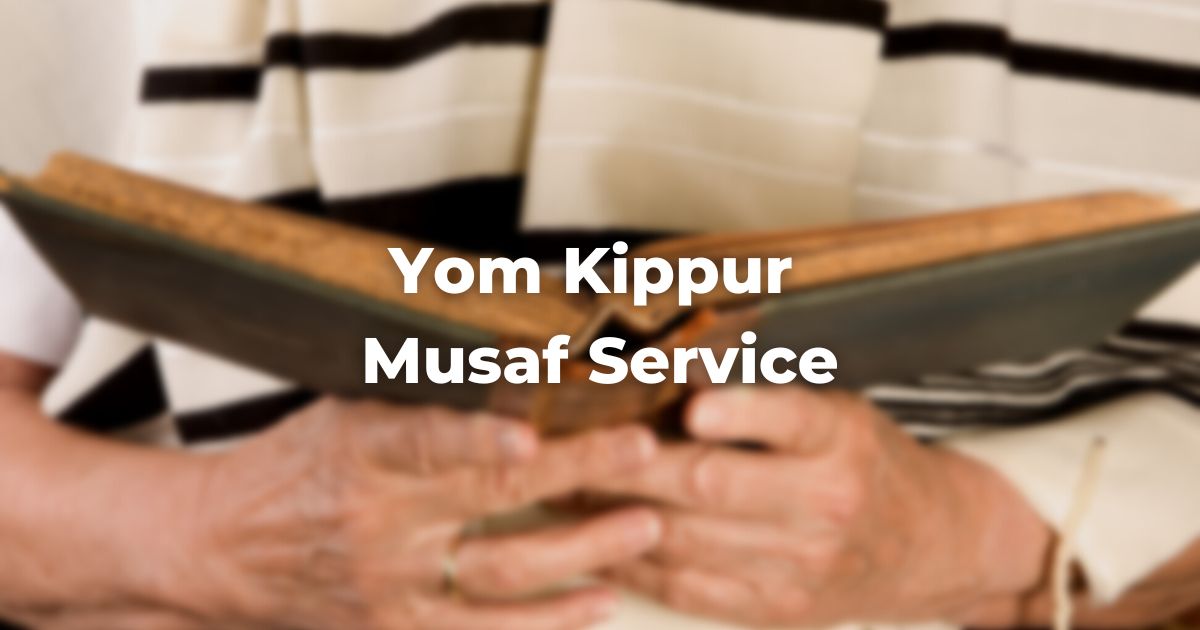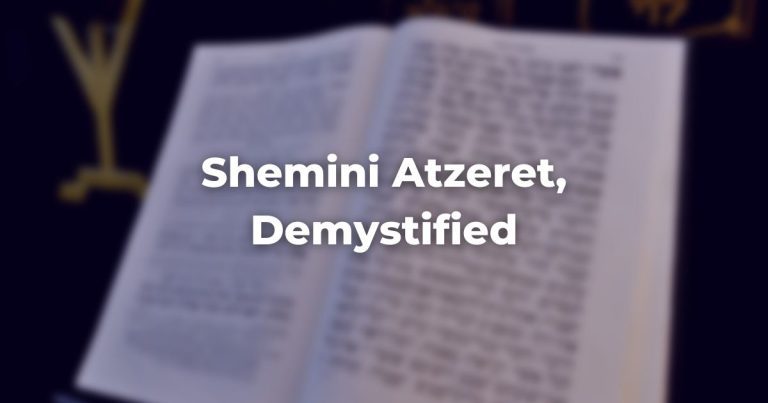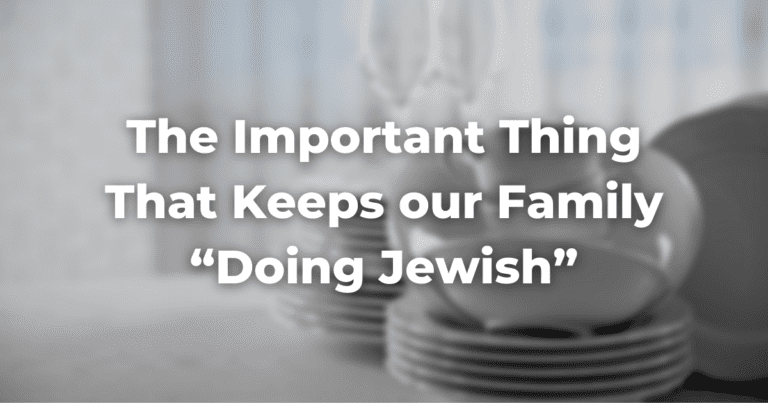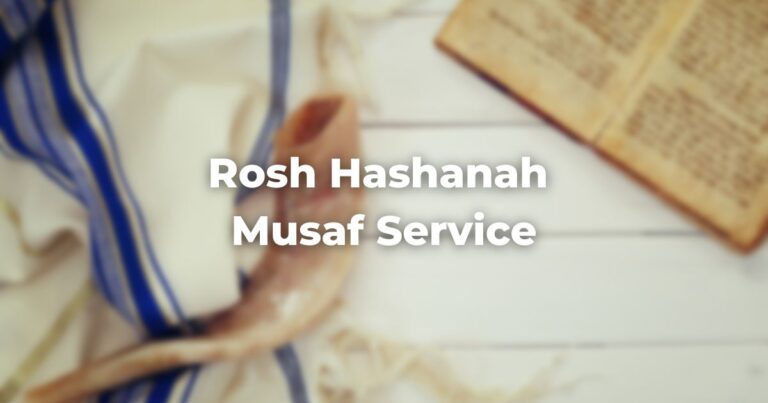The Musaf Service for Yom Kippur contains two lengthy interpolated passages, the AvodahOriginally understood as Temple service, but expanded to mean any service to God.
Related to: gemilut hasadim. See Pirkei Avot 1:2 Read more Service and the Martyrology Service. Musaf directly follows the Yizkor Service and the formal recession of the TorahRefers to the first five books of the Hebrew Bible, the Tanakh, also called the Five Books of Moses, Pentateuch or the Hebrew equivalent, Humash. This is also called the Written Torah. The term may also refer to teachings that expound on Jewish tradition. Read more scrolls.
The Avodah Service
The Avodah is an elaborate retelling of the original sacrificial service that took place on Yom Kippur when the Temple stood in Jerusalem and sacrifices were the primary mode of worship.
These sacrifices were offered by the priests in the outer courtyard of the Temple, but the highlight of the Yom Kippur ceremonial involved the annual visits of the High Priest to the Holy of Holies, and it is this experience that is re-created in the Avodah on Yom Kippur.
On Yom Kippur, the High Priest entered the Holy of Holies three times: the first time, to pray for himself and his family and to ask forgiveness for all of their sins; the second time, to do so on behalf of all the priests and those who served in the Temple with him; and a final time, to supplicate on behalf of all Israel.
Each time the High Priest disappeared from sight to enter the Holy of Holies, the thousands of worshipers outside waited breathlessly to see if he would emerge. If he emerged safely, this was taken as a signal that God had accepted his efforts.
Each time the people standing outside heard the High Priest declare the ineffable name of God that was used on this occasion, and on this occasion only, the people would fall prostrate on the ground out of relief and exaltation and cry out the same verse that now appears as part of the Sh’ma (also written as shema):
Barukh sheim k’vod malkhuto le’olam va·ed
Praised be God’s glorious sovereignty throughout all time.
When it was clear that the service of the High Priest had been successful, it was an incredible moment of exultation for the entire people, and we today seek to re-create the drama, holiness, and majesty of this ancient service through our recitation of the Avodah Service on Yom Kippur.
This is one of the most dramatic moments of the entire High Holiday liturgy and clearly constitutes one of the spiritual climaxes of the day.
Eilleh Ezk’rah
Another special addition to the Musaf Service is the Martyrology, also called the Eilleh Ezk’rah (meaning “these I will remember”) after its opening words.
If the Avodah represents a peak of spiritual emotion, the Eilleh Ezk’rah represents a deep valley. Yom Kippur is a day filled with dramatic and varied emotions.
The Martyrology Service recalls the moments in Jewish history when Jews were subjected to persecution. The original Eilleh Ezk’rah poem is a long, dramatic lament that describes the torture and execution of ten rabbis who insisted on teaching Torah in defiance of the Roman ban against doing so.
Most contemporary High Holiday prayerbooks, including Maḥzor Lev Shalem, have expanded on this original poem by adding readings that allude to other instances of Jewish martyrdom, including the Shoah.
We include these terrible reminiscences as part of our Yom Kippur liturgy because it seems fitting that, on the very day when we attempt to reconnect with our finer selves, we also seek to reconnect with those who gave their lives for their Jewishness throughout history.
Reciting the Eilleh Ezk’rah is a way to ask God to remember those of our ancestors who died as martyrs for the sanctification of God’s name. Perhaps if we do not merit forgiveness for our own sake, we may still merit being forgiven for theirs.
The Musaf Service ends simply with the Full Kaddish. There are no closing hymns, as is traditional on other festival days.
Adapted with permission from The Observant Life.
Authors
-

-

The Observant Life: The Wisdom of Conservative Judaism for Contemporary Jews distills a century of thoughtful inquiry into the most profound of all Jewish questions: how to suffuse life with timeless values, how to remain loyal to the covenant that binds the Jewish people and the God of Israel, and how to embrace the law while retaining an abiding sense of fidelity to one’s own moral path in life. Written in a multiplicity of voices inspired by a common vision, the authors of The Observant Life explain what it means in the ultimate sense to live a Jewish life, and to live it honestly, morally, and purposefully. The work is a comprehensive guide to life in the 21st Century. Chapters on Jewish rituals including prayer, holiday, life cycle events and Jewish ethics such as citizenship, slander, taxes, wills, the courts, the work place and so much more.
View all posts






